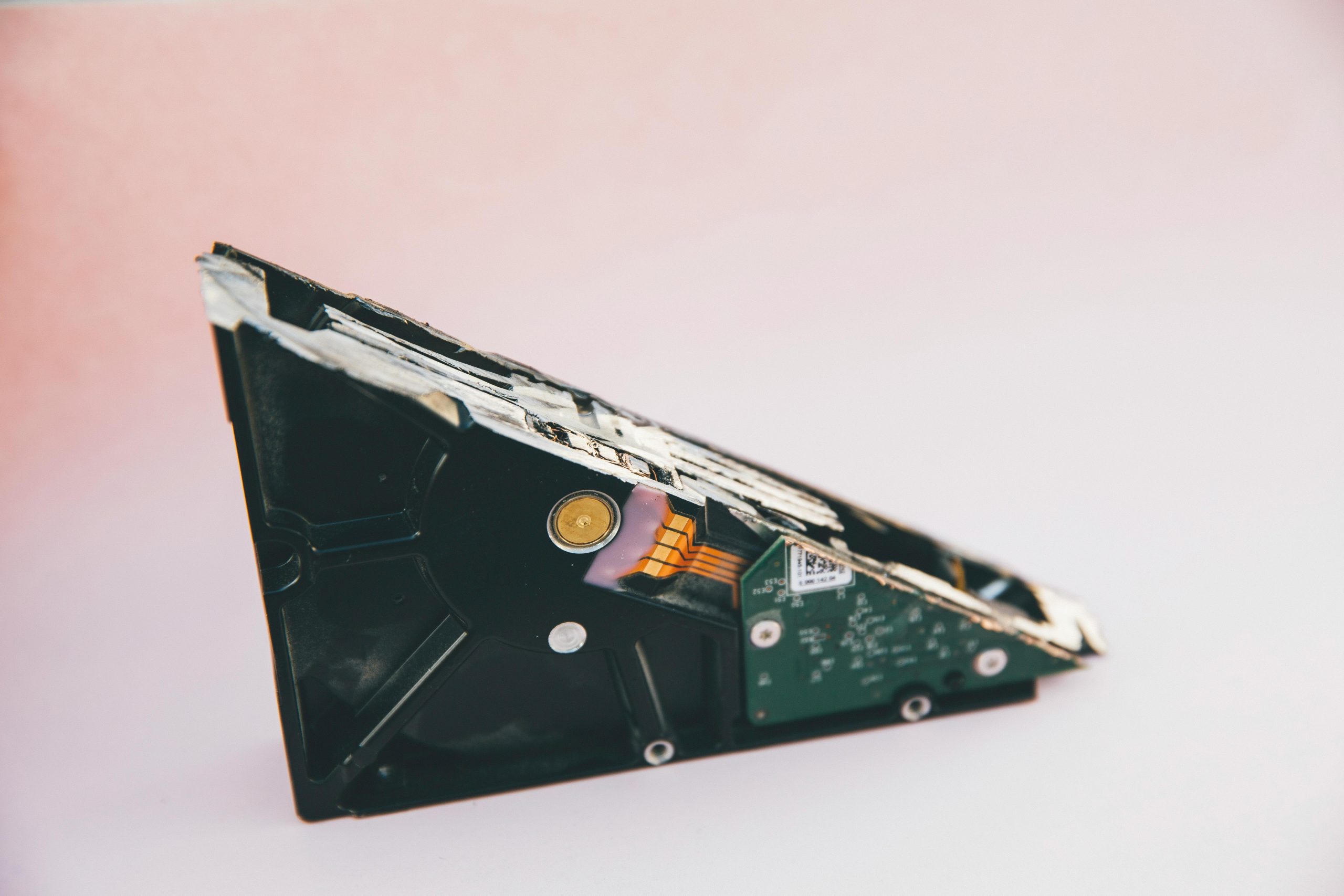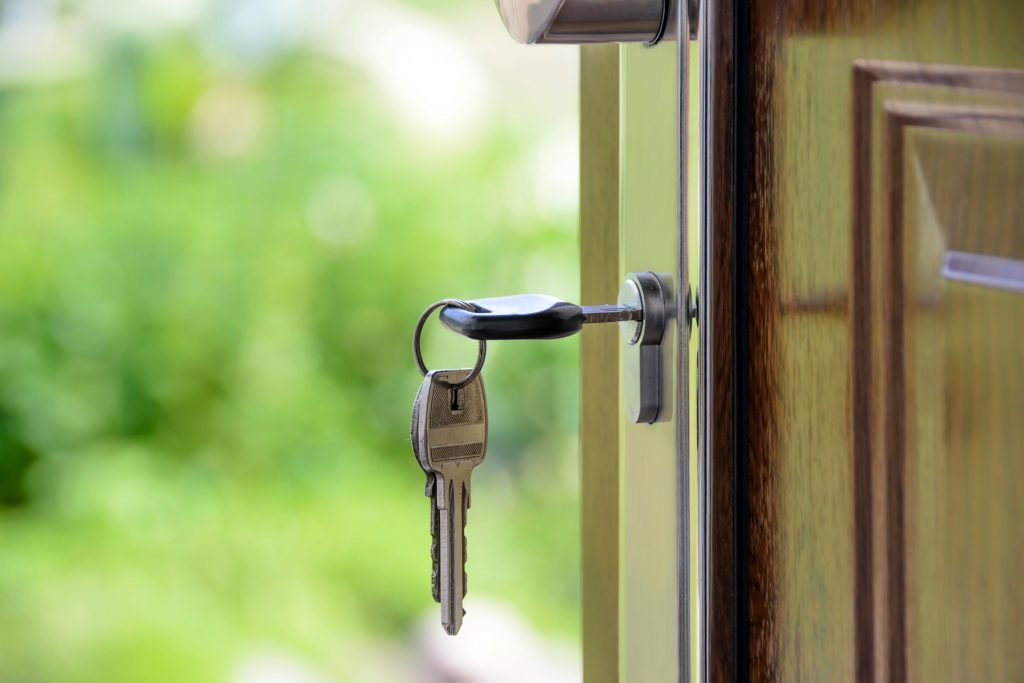Understanding and Troubleshooting Sector-Level Drive Cloning Issues: When a Newly Cloned Drive Won’t Mount
Data recovery and drive duplication are common tasks for IT professionals and enthusiasts alike. However, complications can arise, especially when working with damaged source drives or during sector-by-sector cloning. This article examines a scenario where a sector-based clone of a damaged hard drive does not mount correctly on a Windows system, explores potential causes, and offers guidance on subsequent steps to ensure successful access.
Scenario Overview
In this case, a user utilized HDDRawCopy, a sector-level disk cloning utility, to duplicate a functional but corrupted 6TB drive onto a new 8TB HDD. The cloning process was intended solely for data preservation, not boot replication. After the cloning process, the user attempted to access the new drive by changing its drive letter and opening it via Windows Disk Management.
Challenges Encountered
- Error Message: When attempting to assign or access the drive, Disk Management reported: “The parameter is incorrect.”
- Partition Damage: Diagnostic tools like Disk Genius indicated the presence of damaged partitions on the cloned drive.
Key Questions
- Does sector-by-sector cloning require additional post-processing steps?
- Was the cloning process successful, or are there inherent issues given the drive’s damaged source?
- How can one recover access to the data on the new drive?
Analysis and Recommendations
- Understanding Sector-by-Sector Cloning
Sector-based cloning creates an exact replica of the source drive’s data, including all sectors, regardless of their content or status. While this method preserves data integrity, it does not automatically fix or repair damaged partition tables or file system inconsistencies.
-
Potential Reasons for Mounting Failures
-
Damaged Partitions: Since the source drive was damaged, the clone may have inherited partition table issues or corrupt data structures.
- Partition Table Incompatibility: The cloned drive might have mismatched partitioning schemas or unrecognized partition formats.
-
Uninitialized or Incomplete Cloning: The cloning process might have been interrupted or incomplete, resulting in an inconsistent drive state.
-
Post-Cloning Procedures
To improve the chances of successfully accessing data on the cloned drive, consider the following steps:
- Integrity Check: Use disk checking tools like CHKDSK or third-party utilities to scan for filesystem issues.
- Partition Repair: Employ partition repair tools such as TestDisk or Disk Genius to reconstruct or repair
Share this content:



